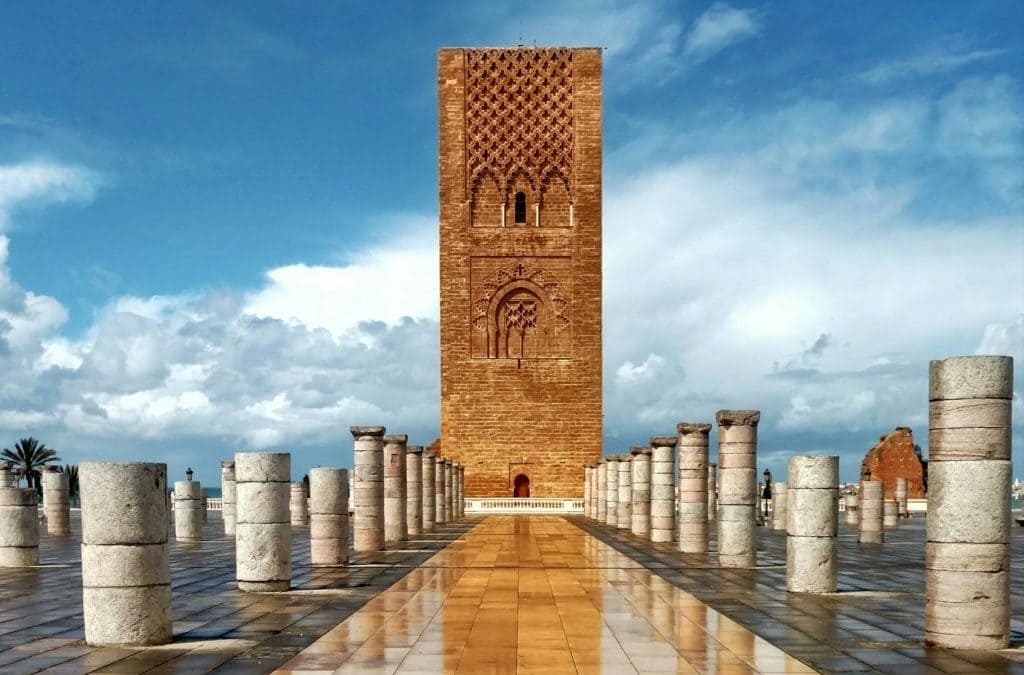
Rabat, the capital city of Morocco, is a captivating blend of historical grandeur and contemporary vibrancy. Situated on the Atlantic coast at the mouth of the Bou Regreg river, it serves as a significant political and cultural hub, boasting a rich past and a dynamic present.
As of 2014, Rabat had an urban population of approximately 580,000. Including its metropolitan area, which encompasses the neighboring cities of Temara and Sale, the population exceeds 1.2 million.
Rabat's origins trace back to the 12th century, when it was founded by the Almohads as a strategic base. After a period of flourishing, the city experienced a decline, eventually becoming a haven for Barbary pirates in the 17th century.
The 20th century marked a new era for Rabat. In 1912, during the French Protectorate over Morocco, it was designated as the administrative center. This led to the construction of many public buildings and modern infrastructure. Upon Morocco's independence in 1955, Rabat assumed its role as the nation's capital.
Rabat is recognized as one of Morocco's four Imperial Cities. Its medina, a labyrinth of ancient streets and traditional houses, is a UNESCO World Heritage Site, preserving centuries of Moroccan heritage.
Rabat's harmonious blend of ancient traditions and modern developments makes it a compelling destination for visitors seeking to explore Morocco's rich cultural tapestry.